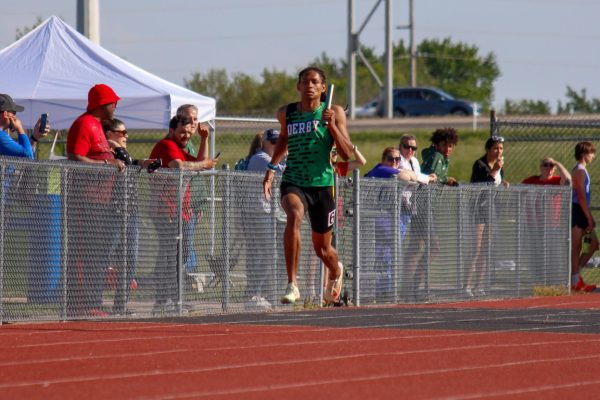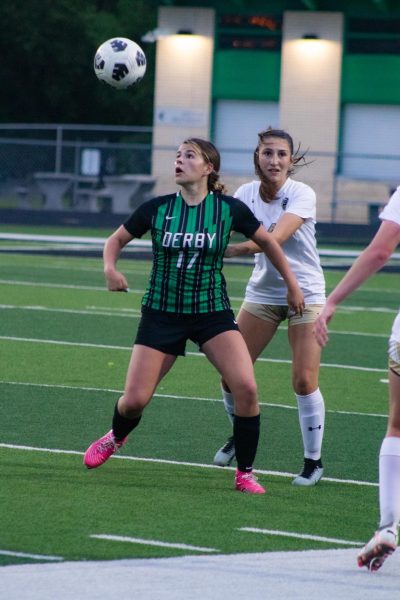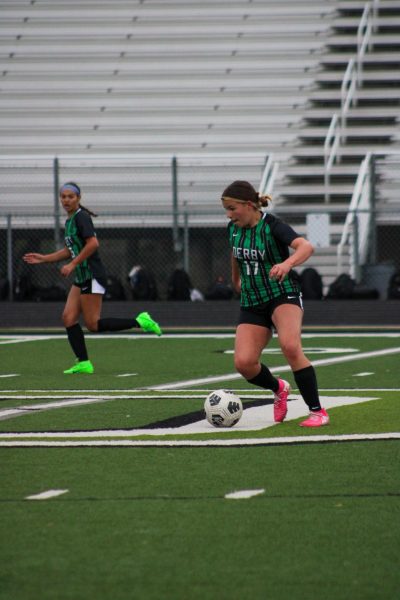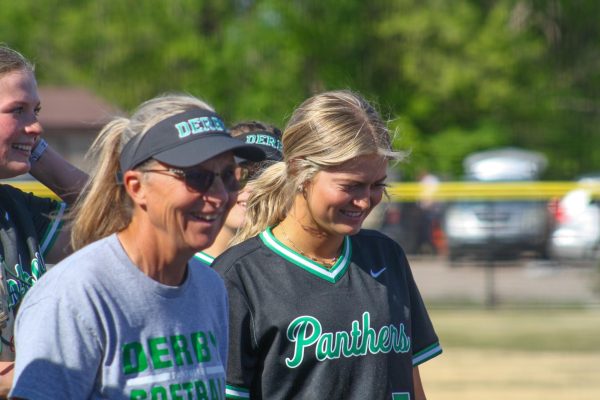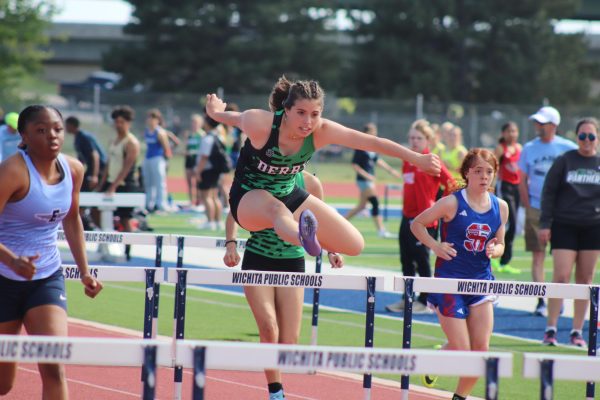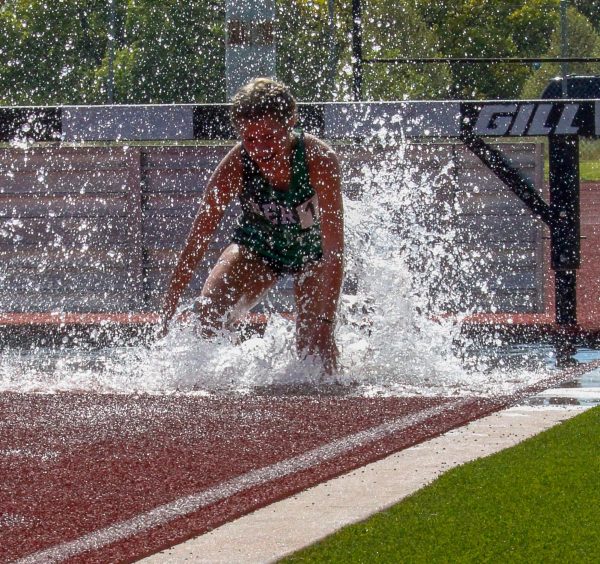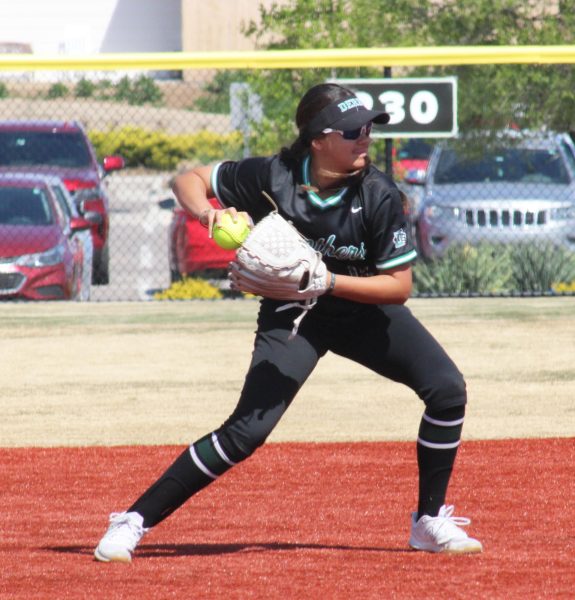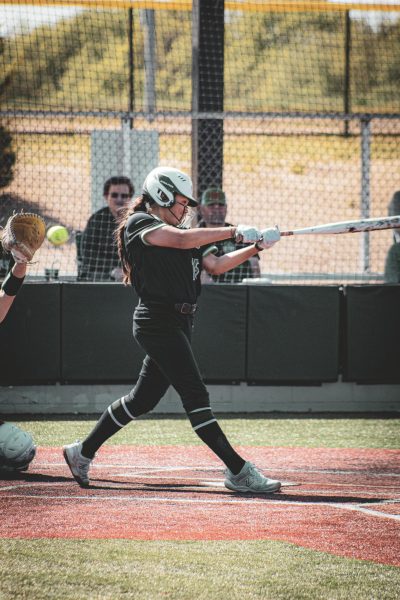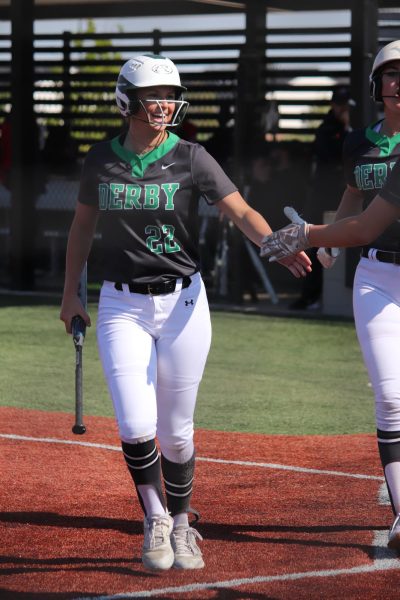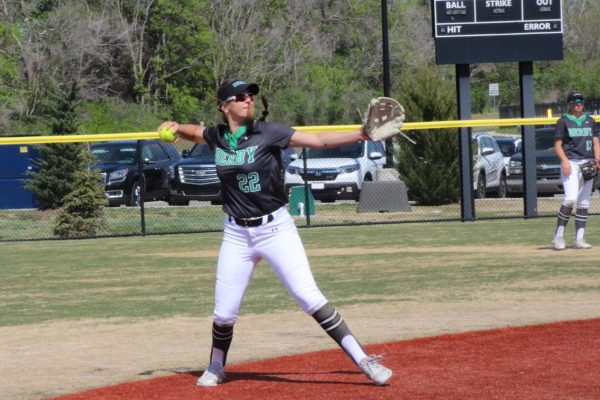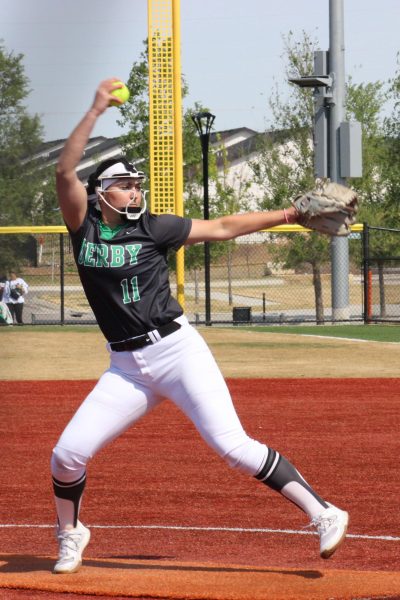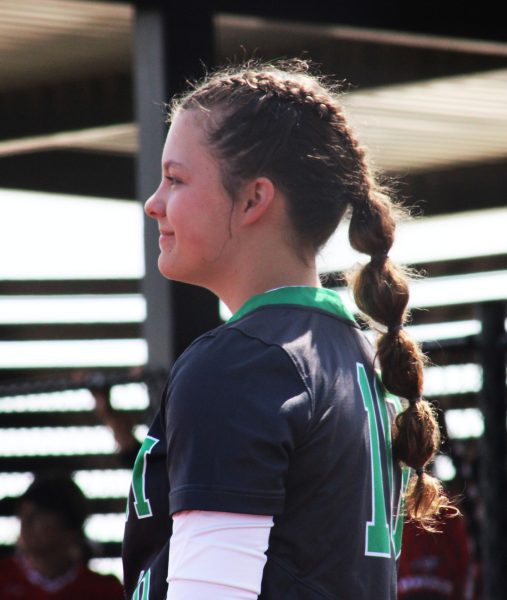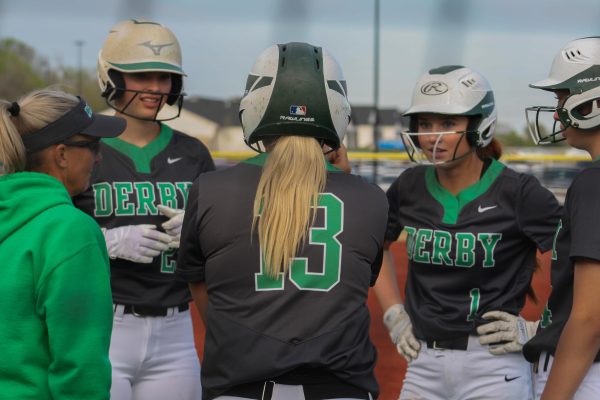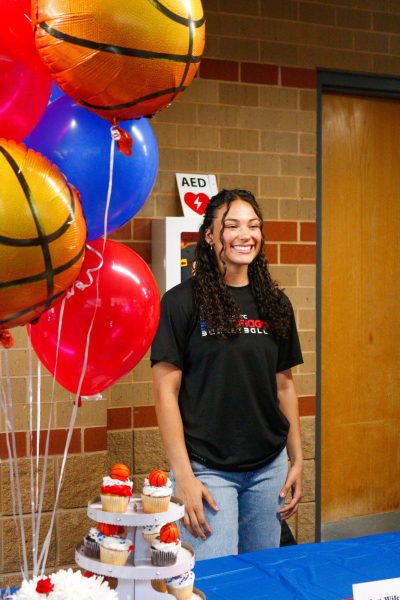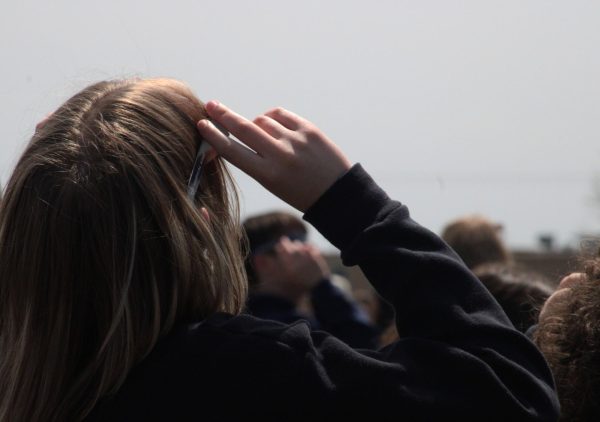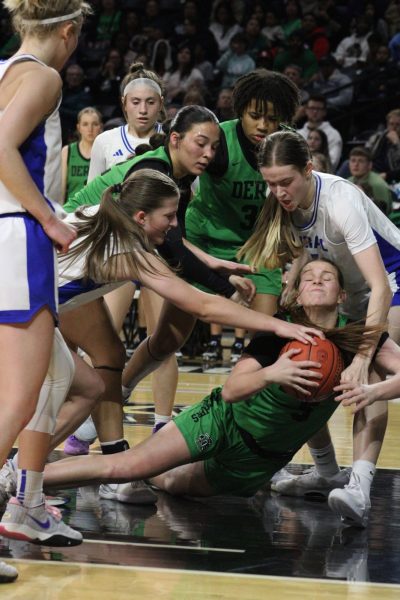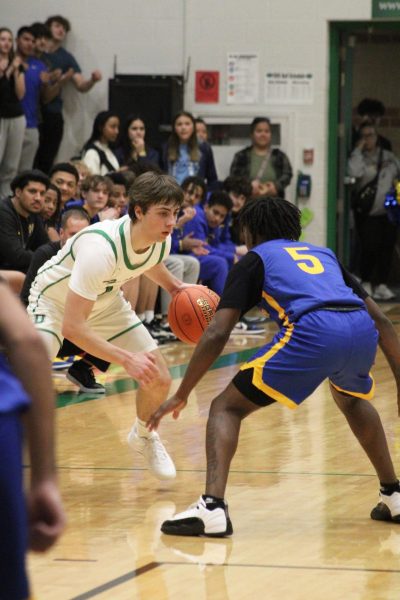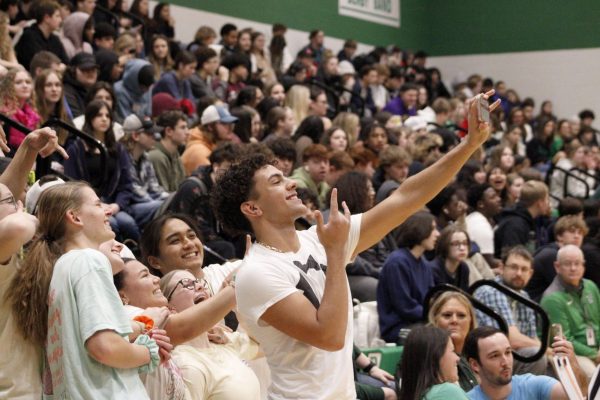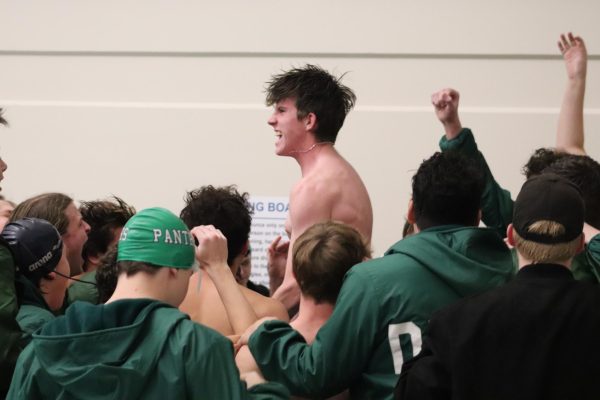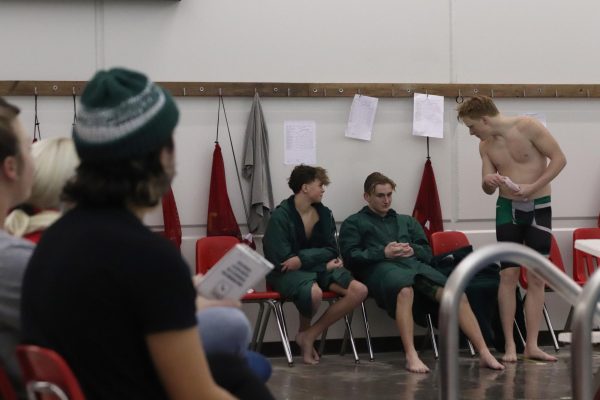Page 1: Kansas schools lack mental health resources
December 11, 2022
Sophomore Heidi Lane has struggled with mental health for the past few years.
“For a long time I’ve never said anything and it really ate at me,” she said. “And I was struggling in school, failing all my classes and I fell into this really dark hole.”
She’s not alone.
Kansas is ranked the worst state in America for mental illness and its treatment, according to Mental Health America.
In Kansas, there are not enough resources for young people and adults. It can take up to six months to get an appointment with a therapist.
While DHS has connections with outside therapists in the student help center, it’s not enough, according to counselor Dan Harrison.
“As a school, let’s just say, well, we are busy,” Harrison said. “We have five counselors and if you include the (Panther Learning Center), we have about six counselors and six social workers and we can’t keep up.”
Lane agreed.
“I do think it would be helpful to have more resources in the school because it definitely is a struggle,” Lane said. “I have seen that not having enough counselors … people tend to go to a certain counselor and then that counselor gets all the weight.”
Poor mental health is a growing problem for adolescents, according to the CDC. In 2019, there was a 40% increase of high school students that have experienced persistent feelings of sadness or hopelessness since 2009.
DHS has about 2,200 students that come from different backgrounds. With only six counselors, cases get stacked on top of each other. The counselors do the best they possibly can to help each student that walks through their door.
“We just try to fix one kid at a time. Whoever is in our office is the one who we work with and we try to send them out hopefully a little bit more encouraged and a better frame of mind than when they came in,” Harrison said.
Though there may not be enough resources, Generation Z has come a long way with normalizing mental health.
“This generation … more people are willing to ask for help then maybe we did 30, 40, 50 years ago,” Harrison said. “It’s always been there but now this group is more willing to talk about it, share it and post it.”
With the help of social media, people are able to share, connect and educate.
“Through friends and social media I finally found that there is help that I can get and I am finally getting back to my normal self,” Lane said.




